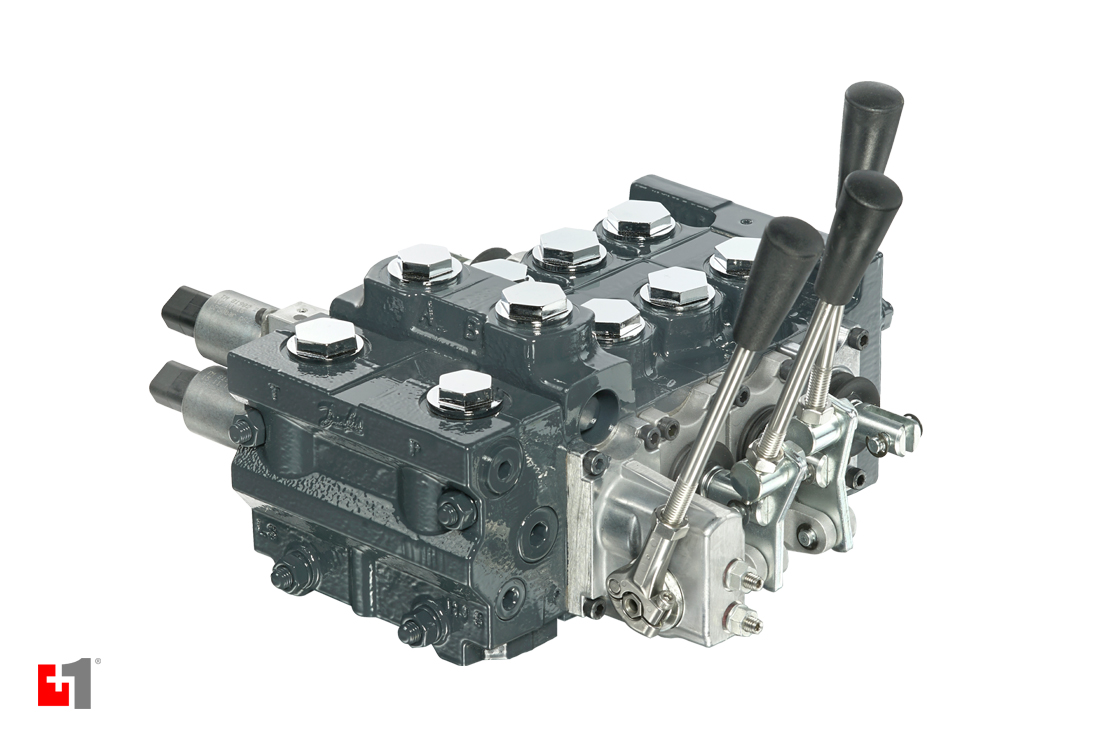Enhancing Operational Performance with Advanced Control Valves
Enhancing Operational Performance with Advanced Control Valves
Blog Article

Maximize Energy Financial Savings and Convenience With Advanced Building Automation Controls
In the world of modern architecture and center monitoring, the assimilation of sophisticated building automation regulates stands as an essential improvement. By using the power of automation, buildings can adapt, react, and evolve in ways that were when unimaginable.
Power Performance Benefits
Power effectiveness advantages can substantially decrease power usage and functional costs in structures. By implementing energy-efficient methods and modern technologies, structure owners and operators can achieve considerable cost savings while also adding to environmental sustainability. Among the main benefits of boosting power effectiveness in buildings is the decrease of energy bills. Energy-efficient systems, such as innovative building automation controls, can enhance using resources like lighting, home heating, and cooling, bring about lower energy costs gradually.
Additionally, boosted power performance can prolong the lifespan of structure devices and systems. By running a lot more effectively, a/c systems, lighting components, and other building components experience much less wear and tear, leading to minimized maintenance and replacement costs. Additionally, energy-efficient structures typically command higher building values and rental rates, giving long-lasting financial advantages to proprietors.
Furthermore, power efficiency can improve owner comfort and efficiency. Correctly regulated interior atmospheres with optimum lights and thermal problems produce a more positive and conducive office, bring about enhanced staff member complete satisfaction and efficiency. In general, the energy effectiveness advantages related to sophisticated building automation controls are complex, incorporating price savings, ecological stewardship, and occupant wellness.
Improved Convenience Control
Enhancing comfort control in structure settings needs an advanced assimilation of advanced automation systems for optimum occupant well-being. By making use of innovative structure automation controls, facilities can customize the indoor atmosphere to satisfy the specific needs and preferences of passengers. These systems enable precise regulation of temperature level, air flow, and lights, producing a comfy and productive environment. Occupant contentment and productivity are carefully connected to thermal convenience, making it important to have systems in location that can adjust to changing conditions in real-time.
Boosted comfort control surpasses fundamental temperature modifications. It includes functions such as customized settings, occupancy sensors, and natural light utilization to develop a receptive and vibrant environment. By including these innovative controls, buildings can not just enhance comfort but also boost power efficiency by enhancing system operations based on actual occupancy and usage patterns. Eventually, prioritizing passenger convenience with sophisticated automation systems results in an extra delightful and much healthier interior atmosphere.
Operational Performance Improvements

Furthermore, the execution of real-time tracking and analytics devices makes it possible for building operators to determine power inadequacies and operational anomalies quickly. By constantly keeping an eye on power use patterns and system performance metrics, get redirected here changes can be made in real-time to enhance energy consumption and guarantee peak operational effectiveness. control valves. Additionally, incorporating demand response methods into structure automation controls can further improve functional effectiveness by dynamically adjusting power usage based upon grid problems and pricing signals
Indoor Environment Optimization
Reliable indoor climate optimization is an essential facet of building automation controls, ensuring passengers' convenience and wellness while taking full advantage of power cost savings. By making use of advanced sensing units and controls, developing automation systems can continually adjust and monitor temperature, moisture levels, air high quality, and ventilation to create an optimal indoor environment. Keeping regular and comfortable conditions not only improves resident contentment yet likewise increases productivity and general health.
Interior environment optimization likewise plays an essential function in power performance. By fine-tuning heating, ventilation, and cooling systems based on real-time data and tenancy patterns, building automation controls can significantly decrease energy intake - control valves. Implementing approaches such as demand-controlled ventilation and thermal zoning can aid lessen energy waste while ensuring that each area of the structure receives the necessary conditioning.
Lasting Atmosphere Production
Building automation regulates not only optimize interior climate problems for power effectiveness and owner comfort but additionally lay the structure for producing a sustainable environment with critical management of systems and resources. By integrating innovative structure automation innovations, such as sensing units, actuators, and intelligent look what i found software application, centers can keep an eye on and change energy usage in real-time to reduce waste and lower their carbon footprint. These systems allow anticipating upkeep, identifying prospective issues before they escalate and optimizing tools efficiency to boost longevity and performance.
In addition, lasting environment creation prolongs beyond power management to include water conservation, waste reduction, and interior air quality renovation. Structure automation controls can regulate water usage, discover leaks, and make certain correct waste disposal practices, adding to overall sustainability initiatives. In addition, by regulating and keeping track of ventilation and purification systems, these modern technologies boost resident health and wellness and efficiency while lowering energy usage connected with cooling and heating procedures.
Verdict
In final thought, advanced building automation manages offer considerable advantages in regards to power financial savings, comfort control, functional efficiency, interior climate optimization, and developing a sustainable atmosphere. By implementing these controls, buildings can achieve optimum efficiency while decreasing power intake and improving passenger convenience. It appears that making use of innovative automation innovation is vital in improving structure performance and developing an extra sustainable future.
Power effectiveness advantages can dramatically minimize power usage and operational costs in structures. Generally, the energy performance benefits connected with advanced building automation controls are complex, encompassing price financial savings, environmental stewardship, and owner well-being.
Furthermore, including demand reaction strategies right into structure automation controls can better improve operational effectiveness by dynamically adjusting energy usage based on grid conditions and rates signals.
Building automation manages not only maximize interior environment conditions for energy efficiency and owner comfort but likewise lay the foundation for producing a sustainable atmosphere with critical administration of resources and systems.In final thought, advanced structure automation manages offer substantial benefits in terms of power savings, look here comfort control, functional efficiency, indoor environment optimization, and producing a lasting environment.
Report this page